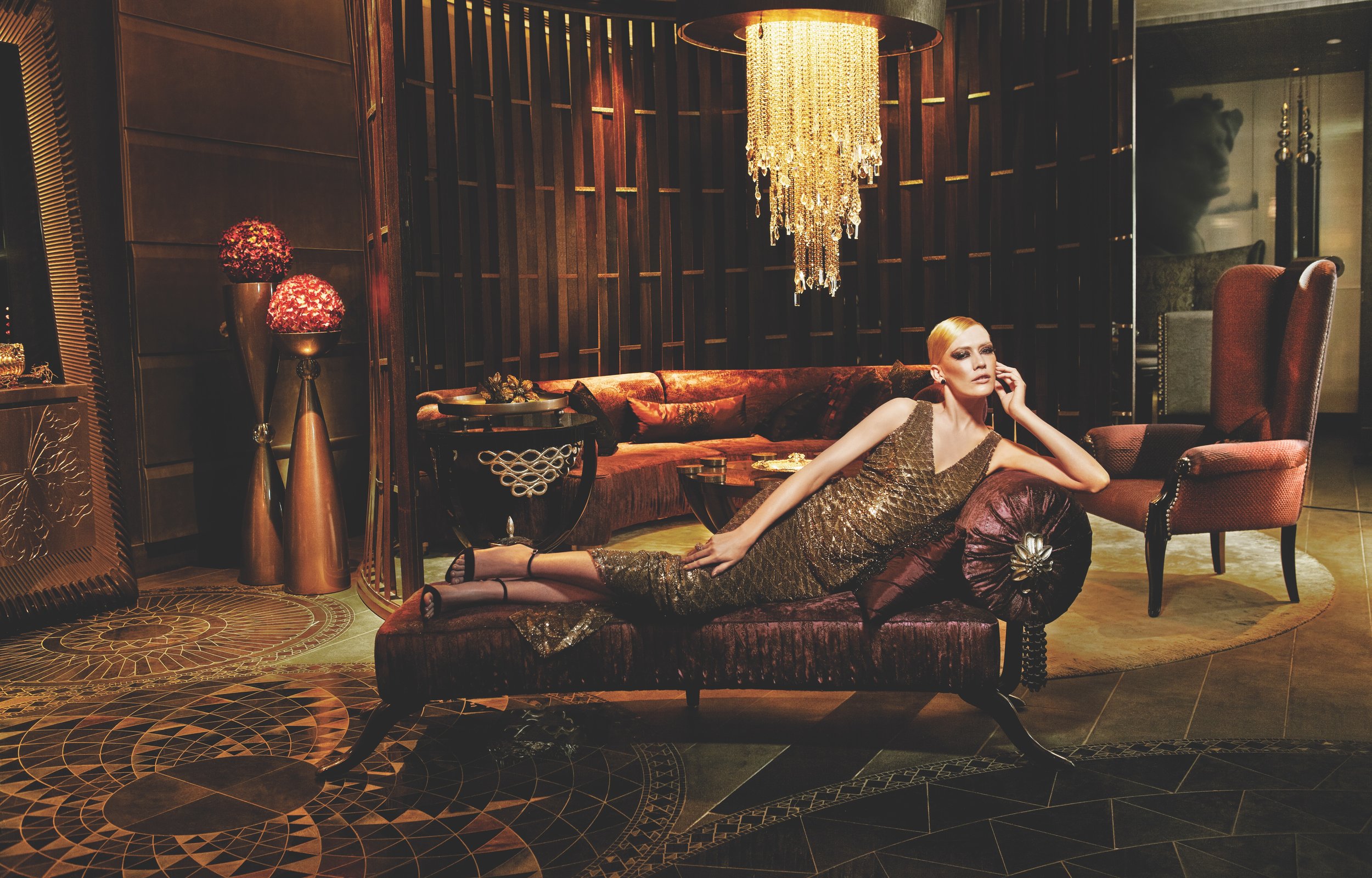Ujjwal Goel of La Sorogeeka Design Firm
I met Ujjwal Goel of La Sorogeeka Design Firm based in Downtown Dubai last month. My first thought? This is the design firm of Sheikhs. They have the “go big or go home” mentality that belongs to men who have everything. Think high back thrones and lots of gilded dark woods and marble. Everywhere.
The Pemberley: What is your background?
Ujjwal Goel: My family was in the furniture business in India, and the interior world was something I had seen growing up. I studied construction engineering and international business at the University of California, graduated about 5 years back and then moved back to India to continue the family business. As is common with next generation entrepreneurs running the family business, there was a lot of conflict with my family, so I decided to venture out on my own after a couple of months. I've been out of India for the last 14 years (since I moved out for high school). I lived abroad for the largest part of my life, so when I did move back to India, it was also cultural misfit for me. I had worked in Dubai briefly for another interior firm during my college years, and so Dubai served as a good bridge between international way of doing business but still offering a little bit of Indian culture. Because of my past experiences, I ended up establishing a design company. We work across Africa, the GCC, India, we've established our own construction firm here.
TP: Where do get the inspiration for all of this? Are you a designer?
UG: Our design team is generally based out of our India office, which has been present for the past 33 years when we started a family business. The head of design is actually my mother, and she has a team of very diverse designers that come from different backgrounds with different sensibilities.
TP: The designs seem very extravagant. Where does that come from?
UG: I think that the opulence is from our clientele. Even though we started off with very humble origins, our clientele are sheikhs, presidents and kings, who are looking for something grand because their tastes are essentially more opulent. After fulfilling those requests over the years, our taste kind of metamorphosed into this as well.
TP: What is your biggest source of inspiration?
UG: In terms of design, our team is inspired by a variety of things. We run multiple companies so there is a furniture brand which has its own design team where the design Inspirations come from very unique spaces. We ensure that our core team, our head of design team and our chief designers, get to travel around the world and get exposed to new ideas. For example, our Indian classical furniture collection was originally inspired by a door in the Taj Mahal. We also have recently launched a collection called Renoir, that was inspired by one of the French artist’s paintings, as well as a collection inspired by a Lalique glass piece. As a factory, we have the capabilities of working with wood, metal, stone, and glass, and so we incorporated a lot of glass in that collection. We also created a semi-precious collection of all semi-precious stones, inspired by a Baldy piece that we saw at a show in Milan. When it comes to particular projects, the client is the inspiration. We have a very thorough, initial set up meeting with them, where we attempt to grasp their sensibilities and take into consideration the elements of featured pieces that they currently own (and want to integrate into the project), and we build a theme around that.
TP: What if someone has an idea that is too grand to actualize?
UG: I don't think that's possible— we've done a lot of impractical things in life. When someone has something in their mind that's extremely difficult or that seems impossible to create, that's where we come in and engineer that impossible idea to fit into the practical aspects of functionality. We have done that for many of our clients— especially when dealing with the royal families who come up with some very unique requests. They are one of the most exposed groups, and they always want to have something in their personal projects that they haven't seen before. We're constantly forced to push the bar when it comes to innovation.
TP: What is the craziest thing that anyone has ever asked for?
UG: Crazy can be defined in many ways. Real gold furniture plated with 24 carat gold is crazy expensive, and exotic leathers are incredible— for example covering four walls with alligator leather. One of the craziest things that we’ve done was for a king in Africa. He wanted a crown (suggested by our design team) in his private airport. In his huge waiting hall, he had a 10 ft 3 meter chair where the ceiling height was 15-16 meters (40-50 feet)— and we built him a 30-foot crown in the ceiling, which basically stands above where he sits.
TP: What is your proudest moment working here?
UG: We have plenty of proud moments, but for me it's when we show a client the finished project. When we see that they are happy, and we exceeded their expectations, that is my proudest moment. This industry can be very challenging, and overcoming those challenges is very satisfying, but when a client entrusts us with one of their landmark projects, and they’re not only happy, but the business we created is a result of word of mouth and repeat clients, it’s unbelievably validating. Knowing that we’re successful based on the reputation we’ve created over the last 30 years, and that we’re exceeding expectations of clients day in and day out, this keeps me most satisfied.
TP: What is something that a designer needs to consider for the heat in Dubai?
UG: The weather definitely plays a major role when designing any project. We always look at the expansion and contraction properties of materials, together with the technical data sheet that comes with all the materials that we specify. When we design the mechanical electricity and plumbing, we look at the AC capacities, the heat calculations and the direction of the sun vis a vis the property itself. For example, in this property, there is sun from noon onwards which attracts a lot of heat. We need to look at how we can minimize the air-cooling requirements while still ensuring that we retain the aesthetic.
TP: Is the company trying to keep up with the change in technology?
UG: We must. If you're a 30-year-old company, you need to evolve to be applicable. We are very innovative in that way and we import a lot of the machines that we use. I believe that the Middle East is obviously a very progressive country, but there are limitations, and it doesn't pave the way in the construction industry, or for new technologies— it’s more of a follower. We are generally one of the few companies that imports a lot of technology from the west— from the US, the UK and Italy. For example, we have a super expensive machine that just does leather stitching (this machine is used by Ferrari for all their cars). The actual stretch in each stitch is equal, and the force with which it's pulled is perfect. It's the small details that we look at when creating products, and this machine allows us to do that.
In terms of implementing green standards, we try to source locally so that there's less of an environmental impact on the development of large-scale projects. It’s not only the technology, but the way we process a project and program a project, we work to adhere to a newer greener standard.
TP: Where do you work? Do you have offices in London?
UG: We’ve done our projects in London, all over Europe and the US. Our headquarters office is in Dubai, but we also have offices in Mumbai, New Delhi, Switzerland, Saudi Arabia, and we're presently setting up a new branch in New Guinea.
We are one of the largest furniture manufacturers in India, where our factory is based. We are a very backward integrated group that started from design and ventured into furniture, which is a very large part of our projects. Since I've joined the business, we expanded our interior contracting business and we also established our own modern division in order to maintain control over quality and time. We realized that if construction is not done right in any project, that really affects our quality of work on the interiors, and this understanding eventually allowed us to back even further into civil construction. Having end-to-end control of a project, allows us to have a better control of cost, quality, and time.
TP: What is luxury for you?
UG: Finding the balance between functionality and aesthetics. Opulence without the functionality of that particular design, is not luxury. When we can ensure that the client’s esthetic requirements are met, while ensuring perfect functionality of the project, that’s the real definition of luxury.




